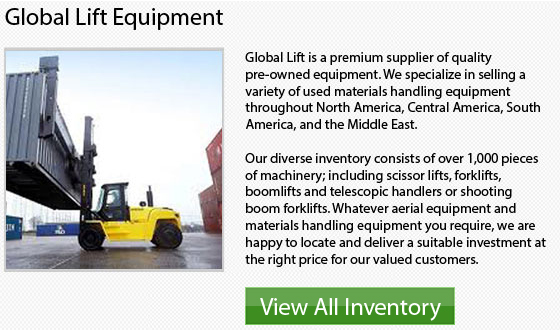
Dual Fuel Engine
The Dual Fuel engine is a type of engine which uses a mixture of gas fuel or diesel fuel or can run off of diesel by its self. The dual fuel engine is not capable of working on gas alone. These engines do not have ignition systems and do not utilize spark plugs.
Because diesel is not a pure gas, and it is not a pure diesel designed engine, it has some disadvantages in the department of fuel efficiency, as well as Methane slippage.. For instance, the fuel efficiency can be 5% to 8% less than in a comparable spark-ignited, lean burn engine at 100 percent load. It could even be greater on lower loads.
Lift Truck Classification and Fuel Sources
There are some recycling materials handling applications which can prove very challenging for lift trucks. For example, scrap metal is amongst these problems. In order to successfully handle items like this requires using the correct kind of machine for the task.
There are 7 major lift truck classes, including power sources such as hydrogen fuel cell, liquid propane gas, gasoline, diesel and electric. The power source is linked to several of these specific classes. The main power sources for forklifts include Gasoline, Battery, Diesel, Propane and Fuel Cell.
The most popular overall are electric powered trucks, mostly in Class I, II and class III forklifts. In Classes V and IV, internal combustion trucks are more popular. The most popular electric power source is the lead-acid battery. Out of internal combustion trucks, approximately over 90% are propane powered.
The battery is the forklifts most common power source. Battery fueled units make up approximately 60 percent of the new forklifts sold in the United States. Their benefits comprise: quiet operation, less maintenance requirements, the ability to be used outdoors and indoors with no harmful emissions.